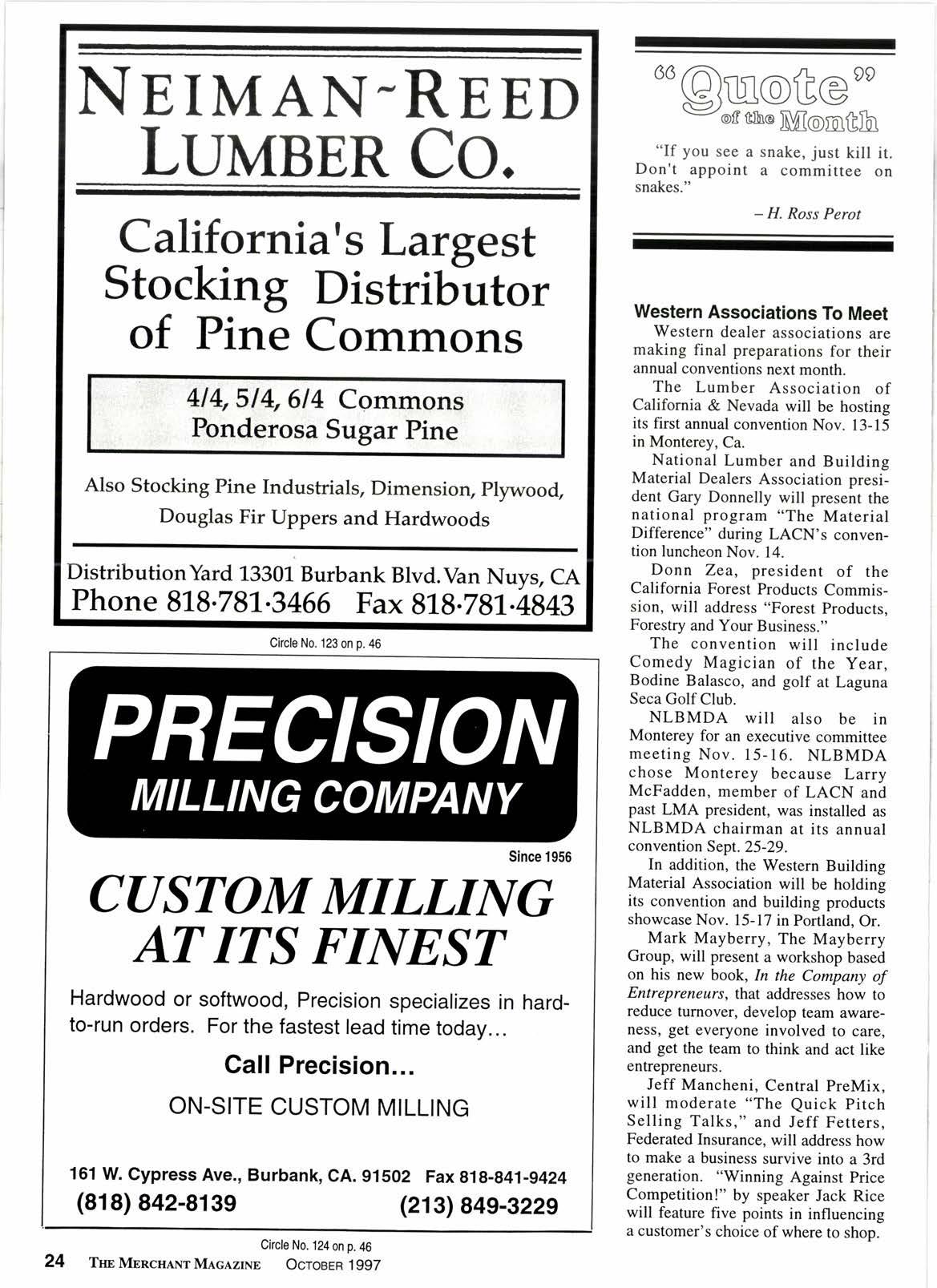
1 minute read
los in fib
ll ['OVE OVER, vinyl. Fiber IVlcement is the siding about to go through the roof.
Composed of Portland cement, ground sand, cellulose fiber, select additives and water, the panels, so common in Europe and Australia for decades, are finally beginning to catch on in the U.S. After four steady years, domestic sales have more than doubled in the last three years and manufacturers expect demand to continue snowballing as additional plants come on line.
"Before, production was limited not by demand but by capacity(manufacturers) couldn't make it fast enough," explains Dave Warford, spokesman for James Hardie Building Products, Mission Viejo, Ca.
Supply is trying to catch up to demand. Hardie's Australian parent began manufacturing fiber cement products in 1919 and opened its first U.S. plant in Fontana, Ca., in 1989 with a capacity of 75 million sq. ft.
New plants were in Plant City, Fl., and in May in Cleburne, Tx.; capacities increased at existing facilities, and a fourth plant is under construction in near Tacoma, Wa. When the new facility opens next summer, companywide capacity will exceed 900 million sq. ft.
They produce lap siding, vertical siding, roofing, soffits and tile backerboard, and recently opened a research center next to their Fontana plant to look for further applications.
Fiber cement's slow start in the U.S. can also be attributed to buyer resistance. "People hate change. They (mistakenly) get the idea that you can't nail it or cut it, or that it's very heavy. It was a little bit more expensive, but is now very competitive. And installation does require a slightly different technique," says Rodney Kerr, national sales manager for MaxiTile Building Products, Carson, Ca., whose French parent, SaintGobain, began producing fiber cement










